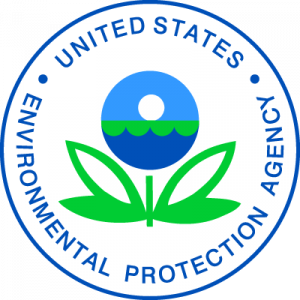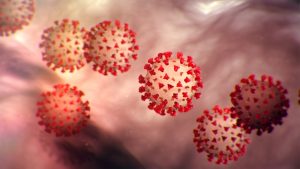Enforcing Environmental Laws During The Pandemic
According to basic economic theory, regulated entities will comply with the environmental laws when the expected benefits of doing so (most  prominently, avoiding penalties) outweigh the expected costs of compliance. Theoretically, economists say, there is an optimum level of enforcement where expected sanctions equal expected harm, taking into account the probability that violations will be detected.
prominently, avoiding penalties) outweigh the expected costs of compliance. Theoretically, economists say, there is an optimum level of enforcement where expected sanctions equal expected harm, taking into account the probability that violations will be detected.
Yet the actual level of enforcement of the environmental laws is never optimal, even at the best of times. Enforcement agencies such as the United States Environmental Protection Agency (EPA) and its state counterparts like the Wisconsin Department of Natural Resources (DNR) have imperfect information about ongoing violations. They are not omniscient. And even if they had perfect information, there are often many more potential enforcement targets than can be pursued with limited agency resources. Enforcement, of course, is part of a broad mix of agency responsibilities that also includes rulemaking, standard setting, monitoring, and many other activities. Finally, political leaders may appoint agency heads who drive the pursuit of more or less than the optimal enforcement level.
Enter the pandemic. It adds a new layer of complexity, to understate the matter, in that enforcement agencies must take several new and highly important factors into account, such as the safety of agency personnel and the economic damage some regulated entities are experiencing. Staff who might normally be inspecting permitted facilities or investigating reported violations may be sick, quarantined, or at the very least, working from home. These factors have led some agencies to relax enforcement activities, as discussed in more detail below. Even if they are presumed to be well-meaning, such policies may worsen the situation in communities already disadvantaged by pollution levels that seriously impact public health. In turn, this may expose those communities to additional risks during or following the pandemic.


